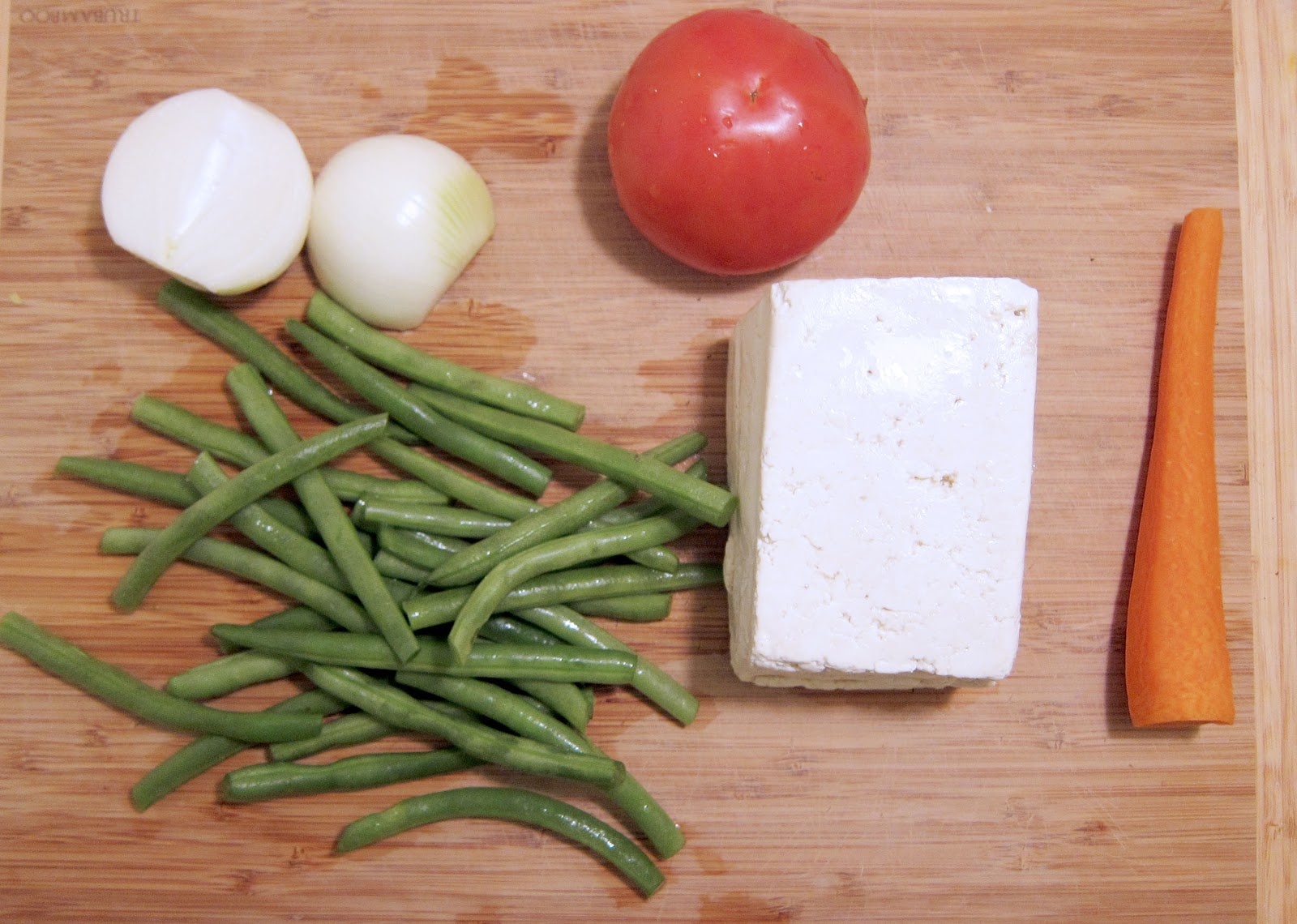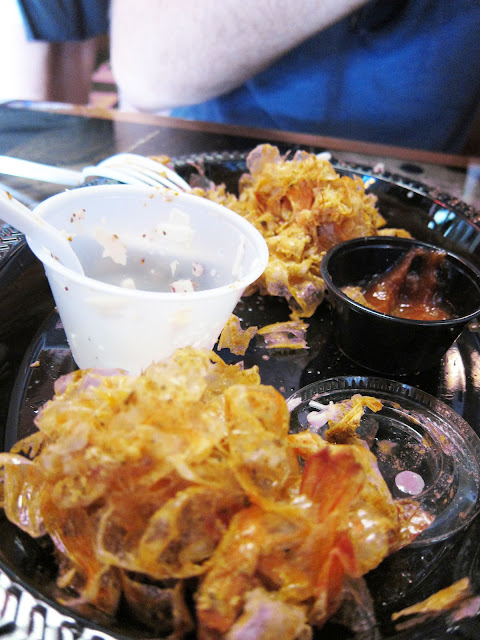My dad ate Richie Sambora's lunch.
I should preface this story by saying that between the ages of eleven and thirteen I was the kind of teenage Bon Jovi fan that would have made the band cower and run Godzilla-movie style. By thirteen I had covered over all of the pretty pink poppy wallpaper in my bedroom with glossy magazine pictures of frizzy-haired men sporting vests and swinging guitars. I teased my hair. I collected buttons with the band members faces on them and I wore them...ALL...on the front of my denim jean jacket.
Around that same time I remember taking the ferry via Cape May down to Ocean City, Maryland with my parents, brother, aunt, uncle and cousins. Midday, we wandered around the boat in search of some lunch and stumbled upon something like a cafeteria. At least that is what my grown up self imagines, but at the time there was confusion among the adults as to the system of this on-board eating establishment. Do we order and take a ticket? Do we pay first? Or do we just choose from what is available on this counter and assume that we pay afterwards? We chose option number three.
As six of us begin to chow down on chicken Caesar wraps, there are four figures that are walking towards us, seemingly in slow motion. Two are wearing black T-shirts with the word crew written in large, white, block lettering. The other two are Richie Sambora (guitarist from Bon Jovi) and Tico Torres (drummer from Bon Jovi). I can still see the weight of their hair feathering out as they walked.
"Excuse me, Sir, but you are eating our lunch."
Worse still I heard my own small and squeaky voice. "Aren't you Richie Sambora?" Did I have to ask? His face was pinned to my jacket.
Vacations growing up were all about visiting relatives which meant that food was at the center. Dinners were cooked at someones home and lunch was when we were free to roam the boardwalk. At the time the selection was not as it is today.
Guido's Burritos and
Hammerheads have stepped it up by offering boardwalk food appealing to the same crowd but with better ingredients (and thankfully not fried or on stick). But before these, Bull on the Beach has always been tried and true. A favorite of my Dad and uncle, it wouldn't have been and OC vacation if we hadn't made it there for lunch.
If they have changed there menu over the years I wouldn't know it. I have consistently ordered the roast beef or heaping half pound of steamed shrimp. All of my sensory memories of my summer beach vacation can be summed up on one of their Formica benches. We always squeezed four or six to a booth in our shorts and bathing suits, salt still clinging to our hair and skin. I would burn my fingers trying to peel the too hot shrimp and my lips would begin to pucker and wrinkle from the Old Bay seasoning. The roast beef is so tender and fluffy that it needs no sauce, just a heaping pile of fiery horseradish. This place had set the bar of what a traditional coleslaw should be. The contents of those little plastic cups are perfectly balanced with not too much sugar or mayonnaise, but instead a hint of black pepper. A refreshing compliment to the meal.
I am sure if you have been to the boardwalk in Ocean City, Maryland you have already been to Bull on the Beach, so let's just call this a nostalgic appreciation post. If you haven't and you are heading down for Labor Day weekend, you should make this one of your top three lunch spots (check out Guido's Burritos and Hammerheads too).



















































